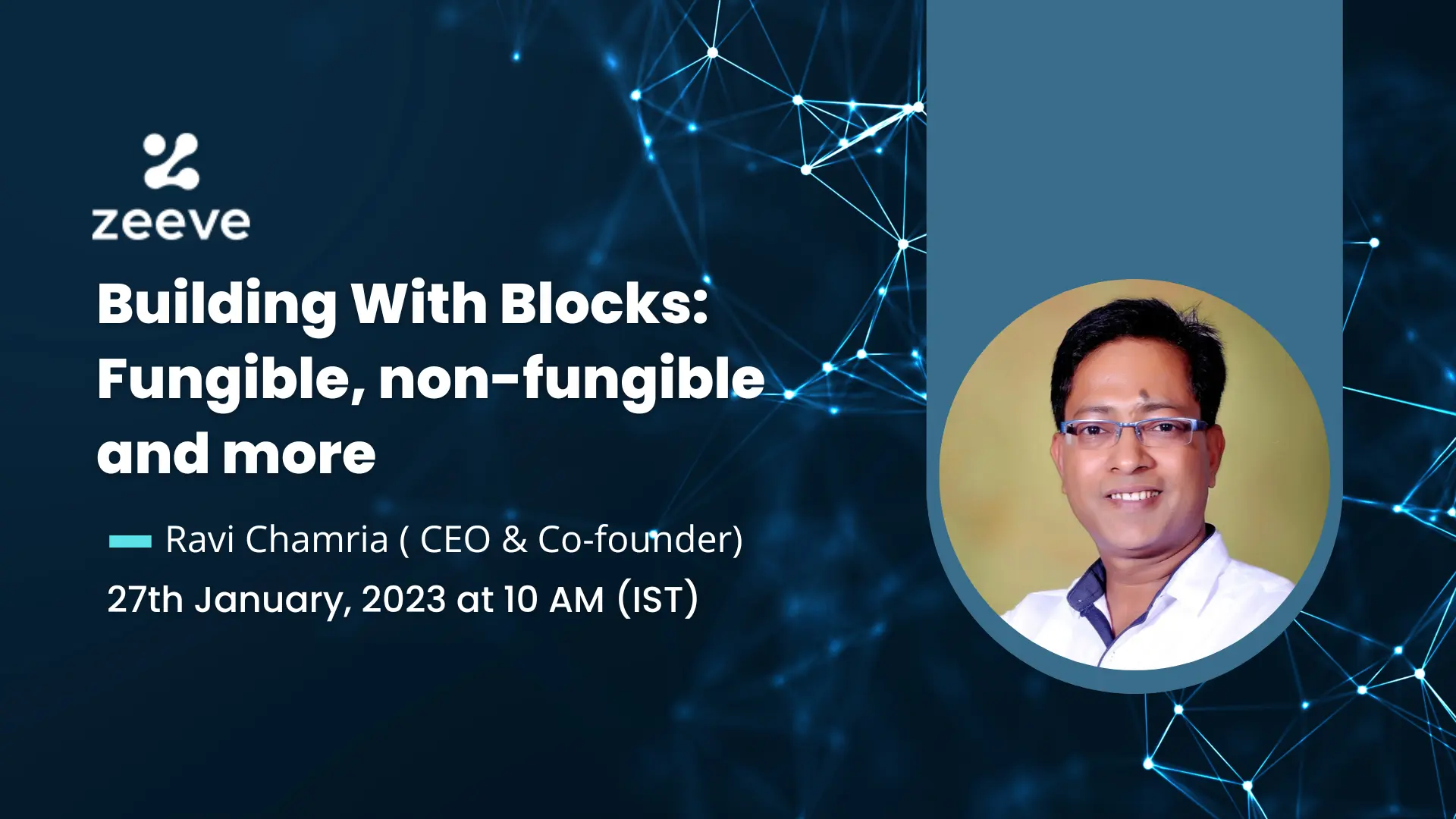Understanding Fungible, Non-fungible (NFT), real-world, and other tokens can be tricky, especially when token standards are added to the picture. In this webinar, Dr. Ravi Chamria helps viewers understand the difference between them, takes a deeper look at its nuances, and details the following points in due course of this webinar.
He begins by shedding light on the tokenized asset market capitalization that can reach a whopping $16 trillion by 2030, which depicts a growth of more than 50,0000% compared to $310 billion in 2022.
Dr. Ravi then explains how asset tokenization is not new, and it has existed before blockchain in the forms of real estate trusts, exchange-traded funds, mutual funds, and others.
After this, he moves on the list some of the problems asset tokenization can resolve, and said problems are low liquidity, inaccessibility, and lack of monetization. He goes on to explain the resolutions in detail.
He follows this by detailing that asset tokenization is the process by which an issue creates digital tokens on a distributed ledger or blockchain, which represents either digital or physical assets, and how everything that CAN BE TOKENIZED WILL BE TOKENIZED in the near future.
Next, Dr. Ravi takes the viewers on a journey through the evolution of digital assets from traditional to digital assets. How Fiat currencies evolved into payment tokens, use values evolved into utility tokens, and assets/securities evolved into assets/security tokens.
According to Dr. Ravi, consumables, precious metals, collectibles, financial instruments, and even intangible assets can be tokenized in the near future.
He then showcases the different types of asset tokens with the help of tables. One table represents a pre-existing real asset, and the other represents tokens native to the blockchain. Viewers of the YouTube video are advised to listen to this part intently.
Dr. Ravi starts to differentiate between fungible and non-fungible token economies. This video portion is crucial in understanding the difference between fungible and NFTs.
At around the 32-minute mark, he shared the differences between physical assets in the off-chain world and the on-chain world, followed by tokenizing physical assets. Permissioned DLT and Permissionless DLT are nuances one must understand to be future-ready in the token space.
Dr. Ravi then ends the session by touching on the negatives or the challenges we must overcome. The first challenge is complying with laws and regulations, and the second is navigating inconsistencies in policies and practices.
At last, he shares how Zeeve fits into the picture in the world of asset tokenization, NFTs, and blockchain.




















